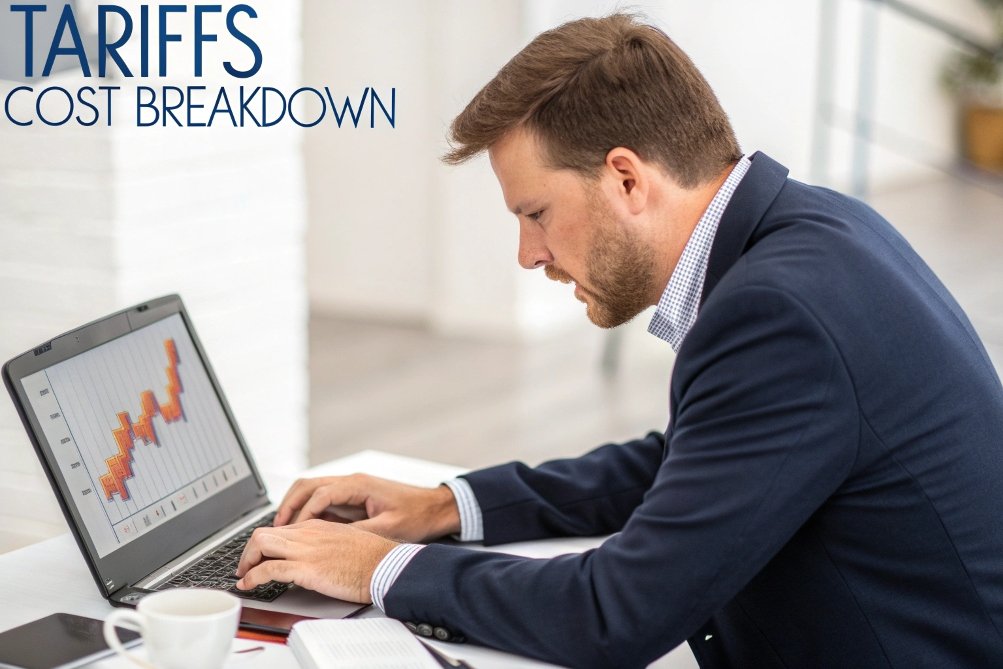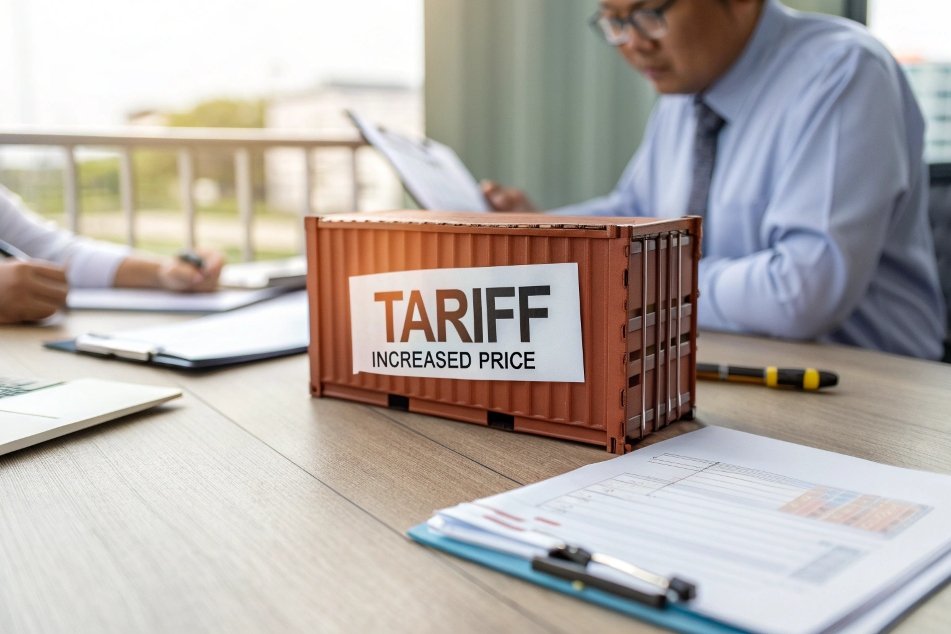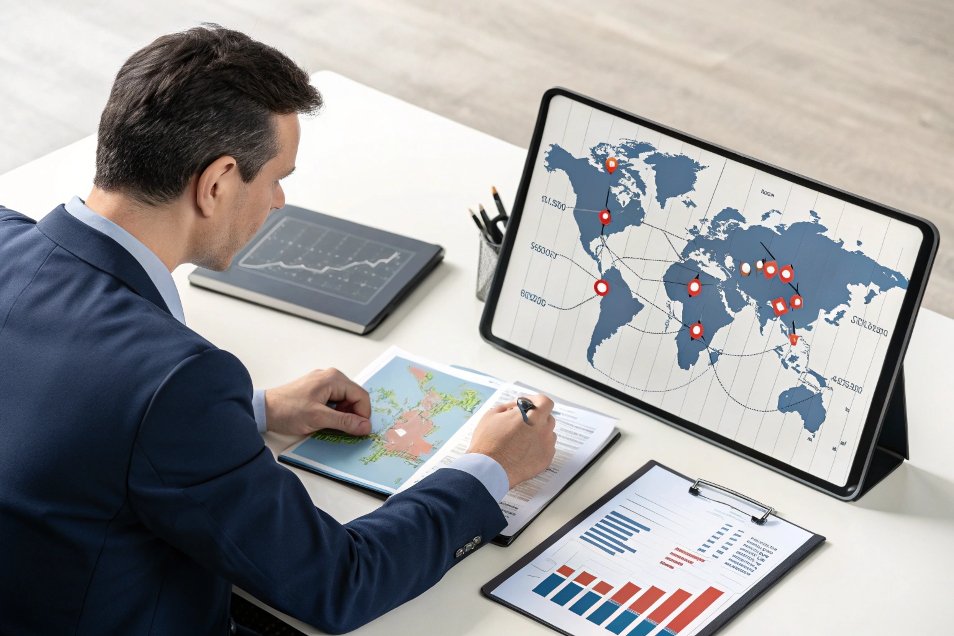
Trade tariffs have become a significant consideration for businesses sourcing custom parts from overseas. As someone who has navigated the complexities of sourcing custom parts internationally, I can tell you that tariffs can drastically affect the cost of doing business. In this article, I’ll explore how trade tariffs influence sourcing decisions and share strategies to help mitigate their impact1.
Trade tariffs directly impact the cost and overall feasibility of sourcing custom parts, making it essential to understand how they affect your operations and find ways to mitigate their consequences.
If you’re looking to optimize your sourcing strategy, it’s important to understand the various ways tariffs can alter pricing and lead times, and how you can adapt accordingly.
How Do Trade Tariffs Affect the Cost of Custom Parts Sourcing?

Trade tariffs can significantly increase the cost of sourcing custom parts2 from certain countries, especially those involved in trade disputes or economic sanctions. These tariffs can affect both the price of parts and the cost of transportation.
The Impact of Tariffs on Custom Parts Sourcing
| Factor | Impact on Sourcing |
|---|---|
| Increased Material Costs | Tariffs on raw materials or finished parts can directly raise the cost of custom parts. |
| Shipping and Handling Charges | Increased tariffs may result in higher shipping and logistics fees, impacting the total cost of delivery. |
| Price Uncertainty | Fluctuating tariffs can create pricing instability, making it harder to budget for custom parts. |
| Longer Lead Times | Tariffs can create delays at customs, increasing lead times for parts to reach their destination. |
Why This Matters
Over the years, I’ve observed that these added costs can significantly cut into margins, especially for businesses that import large quantities of parts. The overall financial burden can make sourcing from certain countries less viable, prompting companies to rethink their supply chain strategies. For example, I’ve had to deal with sudden tariff increases that changed the final price of parts unexpectedly, creating a lot of uncertainty for budgeting and cost forecasting.
What Strategies Can Help You Mitigate the Impact of Trade Tariffs?

Mitigating the impact of trade tariffs3 is crucial to maintaining a competitive edge in today’s global market. By adopting specific strategies, you can reduce their effect on your bottom line and keep your sourcing operations running smoothly.
Effective Strategies to Mitigate Tariff Impact
| Strategy | Action |
|---|---|
| Diversify Sourcing Locations | Avoid relying on a single country for sourcing parts. Look for countries with lower or no tariffs. |
| Reevaluate Supplier Contracts | Negotiate fixed pricing or long-term contracts with suppliers to protect against sudden tariff increases. |
| Work with Freight Forwarders | Freight forwarders can help manage the logistics and find ways to reduce costs related to tariffs. |
| Source Locally or Regionally | Consider sourcing from countries within the same trade agreements or tariff-free regions to reduce costs. |
| Look for Tariff Exemption Programs | Research if there are any tariff exemptions, reduced rates, or duty drawbacks available for specific materials or parts. |
Why This Matters
I’ve found that a multi-pronged approach works best when trying to minimize the impact of tariffs. By diversifying your suppliers and considering new sourcing strategies, you can better shield yourself from tariff fluctuations. For example, I’ve worked with a supplier in a tariff-free country and saw a significant reduction in overall costs compared to other regions impacted by high tariffs.
Why Should You Explore Sourcing from Tariff-Free Countries to Reduce Costs?

Sourcing from tariff-free countries can be an effective way to avoid the negative financial impact of trade tariffs. Many countries have trade agreements that allow for duty-free or reduced-tariff imports, making them ideal for cost-effective sourcing.
Advantages of Sourcing from Tariff-Free Countries
| Advantage | Benefit |
|---|---|
| Lower Import Costs | Tariff-free countries typically have lower or no import taxes, reducing the overall cost of parts. |
| Reduced Risk of Trade Disputes | Sourcing from countries with favorable trade relations can protect you from sudden tariff hikes. |
| Simplified Customs Procedures | With fewer tariffs, customs clearance can be quicker and less complicated, reducing delays. |
| Access to Special Trade Agreements | Countries involved in trade agreements may offer favorable terms, including reduced tariffs on certain goods. |
Why This Matters
Sourcing from tariff-free countries isn’t just about cost savings; it also brings more predictability to your supply chain. In my own sourcing experiences, I’ve found that working with suppliers in countries with favorable trade agreements allowed me to forecast costs much more accurately. When tariffs were imposed on certain regions, I had the flexibility to pivot without losing too much on price or timeline.
Conclusion
Understanding the impact of trade tariffs is essential to maintaining a cost-effective and efficient custom parts sourcing strategy. By diversifying your sourcing locations, negotiating better contracts, and exploring tariff-free countries, you can mitigate the negative impact of tariffs. These strategies will not only help keep costs under control but will also help you maintain a reliable and resilient supply chain in the face of fluctuating trade policies.
Discover proven strategies to mitigate the impact of trade tariffs, ensuring your business remains competitive and cost-effective. ↩
Explore this resource to learn effective strategies for sourcing custom parts that can help you navigate tariffs and optimize costs. ↩
Understanding trade tariffs is essential for businesses; this link will provide insights into their impact on sourcing and costs. ↩

